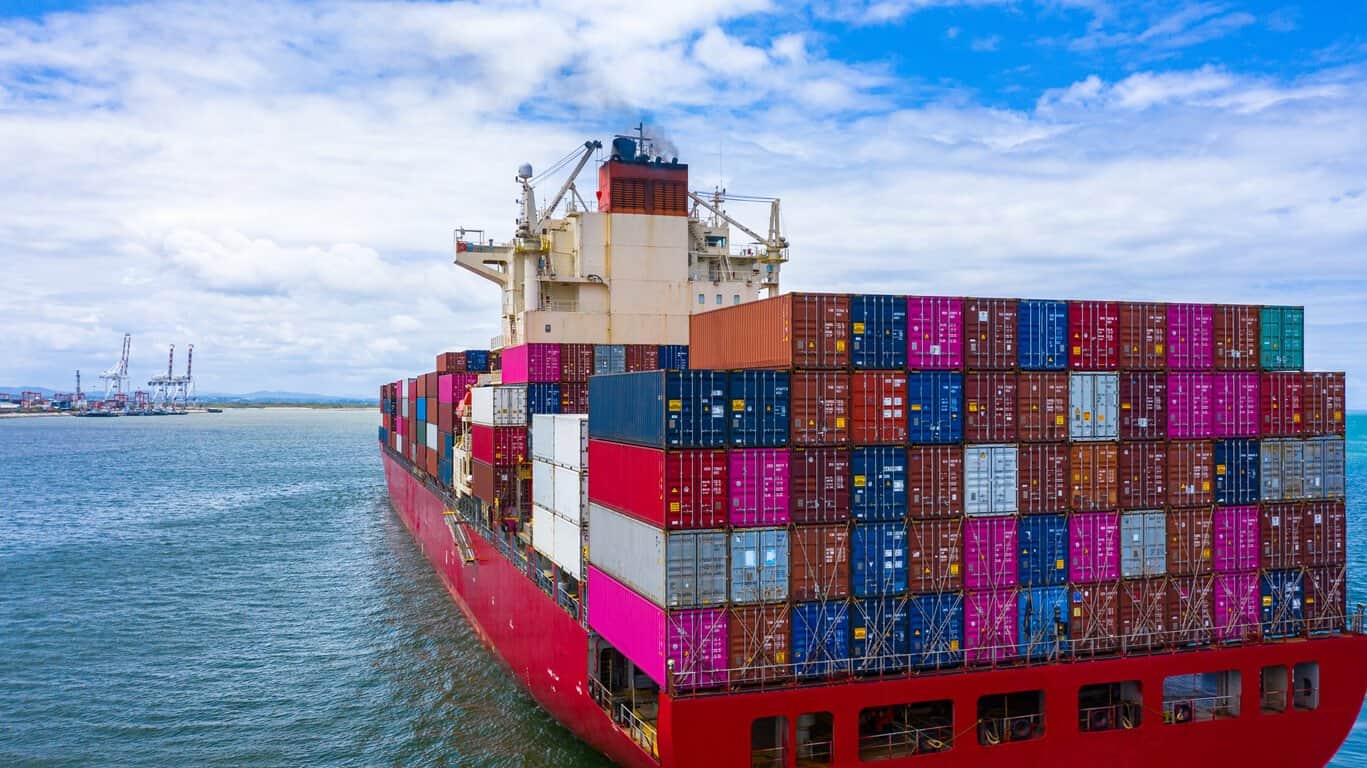Ocean Carrier Alliance Reorganization – Are You Prepared?
Thursday, March 30 – The long-awaited ocean carrier alliance reorganization is set to rollout April 1, 2017. Here is an overview of the soon-to-be former alliance structure compared to the reorganized structure: Ocean Carrier Alliance Overview Infographic. (*when the infographic appears, click on it to increase the size)
The newly reorganized ocean carrier alliances will have fewer carriers & alliances overall, and will dominate the Asia-North America trade lanes. In addition, CargoSmart reports both the transatlantic and transpacific routes covered by 2M, Ocean Alliance, and The Alliance will omit 16 ports previously part of the 2M, CKYHE, G6, and O3 routes while adding 11 new ports (see details below).
There are expected to be challenges in the early days as vessels are re-positioned as a result of alliance reorganization. The main concern for shippers is undoubtedly going to be capacity.
Here’s how shippers may feel the impact:
- Transit times in both TransPacfiic and TransAtlantic lanes will be shorter in some cases
- However, Service will be affected as there will be fewer sailings than previously offered in some lanes
- Transit time & Service changes will depend on the route – for example: Shanghai to LA will be 3 days shorter and sailings will be reduced from 5 to 3.
- In total, there will be 116 fewer route options
- 16 ports have been dropped and 11 new ones added, affected ports are typically smaller, secondary ports:
- TransPacific ports Dropped: Da Chan Bay, Damietta, Gwangyang, Jeddah, KArachi, Mundra, New Orleans, Nhava Sheva, Port Qasim, Port Said, Shimizu
- TransPacific ports Added: Dalian, Sendai, Jakarta, Lianyungang, Taipei Port, Osaka
- TransAtlantic ports Dropped: Cagliari, Damietta, Hamburg, Malta Freeport, Tacoma
- TransAtlantic ports Added: Marsaxlokk, Salemo, Philadelphia, Seattle, Vancouver
- There will likely be some delays as carriers reset their vessels to new schedules.
What actions should you take:
- Work with your provider to ensure your required transit times are clear
- Ensure your provider has access to carriers across alliances so you are not limited to a single set of service strings that could impact service
- Stay close to your provider to ensure your requirements are being met and optimized under the new ocean carrier alliance structure and scheduling
-
Legacy Supply Chain Named 2024 3PL of the Year by Global Clubstore Retailer
Award from Club Store Retailer recognizes operational excellence and strategic partnership during major supply chain realignment Legacy...
+ Read more -
Tariff Update: Where things are heading next
The buzz around tariffs has settled down over the last few weeks. Progress is being made in many areas, so the purpose of today’s post is...
+ Read more -
Successful 3PL-Customer Relationship – 6 Cornerstones
Hiring a third-party logistics (3PL) provider is a strategic approach for businesses to increase their capacity without expanding their...
+ Read more




